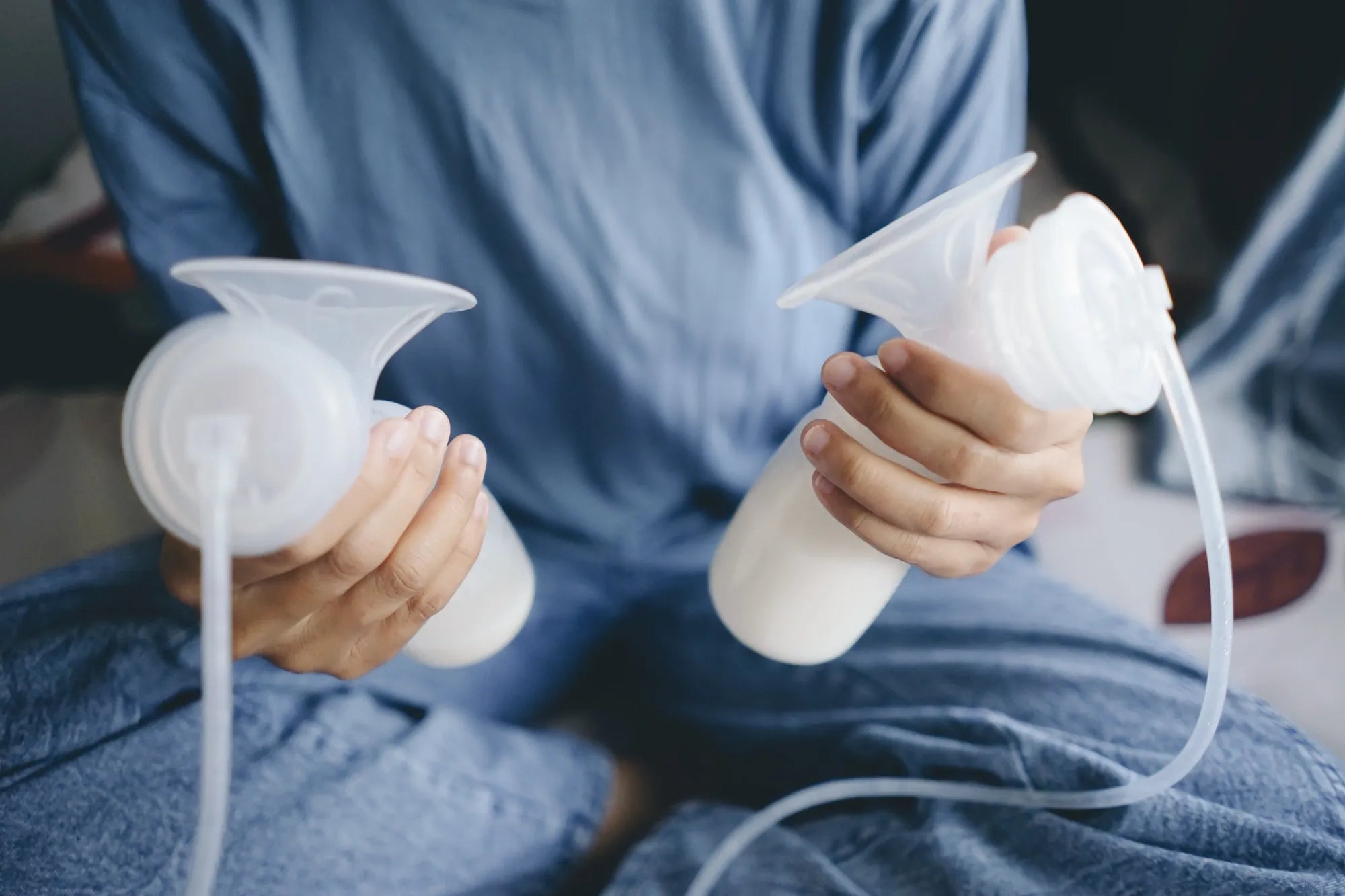Home
Pregnancy, Breastfeeding, and Pumping: The Ultimate Guide for Moms
Does Breast Pumping Help Mastitis? Exploring the Connection

Does Breast Pumping Help Mastitis? Exploring the Connection
Mastitis is a common yet distressing condition that many breastfeeding mothers face. Characterized by inflammation of the breast tissue, it often leads to pain, swelling, and flu-like symptoms. For those navigating this challenging experience, the question arises: does breast pumping help mastitis? This article explores the connection between breast pumping and mastitis, offering insights into how it can be used as a tool for relief and recovery.
Understanding Mastitis
Mastitis typically occurs when milk ducts become blocked, leading to a buildup of milk and subsequent infection. It can also result from bacteria entering the breast tissue through cracked or sore nipples. Symptoms include redness, warmth, and tenderness in the affected breast, along with fever and chills. Prompt treatment is essential to prevent complications and ensure the mother's comfort.
The Role of Breast Pumping in Mastitis Management
Breast pumping can play a significant role in managing mastitis. By effectively removing milk from the breast, it helps alleviate the pressure caused by blocked ducts. This, in turn, reduces inflammation and promotes healing. However, it's crucial to use the pump correctly to avoid exacerbating the condition.
Benefits of Breast Pumping for Mastitis
Using a breast pump offers several benefits for mothers dealing with mastitis:
- Relieves Engorgement: Pumping helps empty the breast, reducing engorgement and discomfort.
- Prevents Milk Stasis: Regular milk removal prevents stagnation, which can worsen mastitis.
- Supports Continued Breastfeeding: Pumping ensures the baby continues to receive milk, even if direct breastfeeding is temporarily uncomfortable.
How to Use a Breast Pump Effectively
To maximize the benefits of breast pumping for mastitis, follow these guidelines:
- Choose the Right Pump: Select a pump that suits your needs and ensures efficient milk removal.
- Pump Frequently: Aim to pump every 2-3 hours to maintain milk flow and prevent blockages.
- Ensure Proper Fit: Use the correct flange size to avoid nipple damage and ensure effective pumping.
- Massage While Pumping: Gently massage the affected area to help clear blocked ducts.
Additional Strategies for Mastitis Relief
While breast pumping can be helpful, it's often most effective when combined with other strategies:
- Warm Compresses: Applying warmth before pumping can help open milk ducts and ease milk flow.
- Rest and Hydration: Adequate rest and staying hydrated support the body's healing process.
- Medical Treatment: In cases of infection, antibiotics may be necessary to fully resolve mastitis.
When to Seek Medical Advice
If symptoms persist despite breast pumping and other measures, it's essential to consult a healthcare provider. Severe or untreated mastitis can lead to abscesses, requiring more intensive treatment. Early intervention ensures a quicker recovery and minimizes discomfort.
Breast pumping can be a valuable tool in managing mastitis, offering relief and supporting continued breastfeeding. By understanding its benefits and using it effectively, mothers can navigate this challenging condition with greater ease. If you're experiencing mastitis, consider incorporating breast pumping into your routine and consult a healthcare professional for personalized guidance.
Share

